It’s returned. It’s real-time this time. Final Fantasy XVI’s creators have chosen that the franchise’s future will be action-centric and story-driven. It was also inspired by epic fantasy television series. Until now, the Final Fantasy games have lacked that angry, moody, dark moment. Is this the series’ melancholy adolescent stage, with nuanced, occasionally lusty people and a lot of violence?
FFXVI is the first game in the series to be developed for the PlayStation 5, with increased detail in both character models and settings. While the main characters move and emote authentically, Square Enix has kept the character design beautiful. The settings are the most spectacular, with beautiful forests, mediaeval fortifications, and big landmarks towering over the regular plains and cliffs you’ll be exploring and battling on. However, in a period with games like Horizon: Forbidden West, Dead Space, and Elden Ring, the quality isn’t constant enough. When character models and environments were not given the same attention as crucial sequences and chapters, I noticed.
While there is still an ensemble cast in this Final Fantasy game, you will only ever control the protagonist Clive – sure, an intriguing choice in hero name, one that even some in-game characters are… startled by. You’ll ultimately be able to issue simple commands to your loyal wolf, Torgal, and you’ll be joined by other friends who will battle independently of you. These include your childhood pal Jill, the mysterious thunder daddy, Cid, and a few more spoiler(ish) adds.

Fortunately, and unlike many non-playable RPG battle companions, they can usually draw the attention of a monster or two and even kill off adversaries on their own. Still, it’s impossible to deny that the team battle dynamic is even looser than in Final Fantasy XV, let alone prior titles.
The plot of Final Fantasy XVI is eerily similar to that of Game of Thrones. It begins as a conflict between warring states, between religion and monarchy, wars for control of resources — or to escape unsuitable land. Sometimes the inspiration is a little too obvious: Dad dies young? Check. Unknown wolves? Check. Strange mother-son relationships? Check. However, the series has always drawn on pop-culture inspiration over the years, with monster names, stories, and more derived from Dungeons and Dragons, Star Wars, and Lord of the Rings.
We meet Clive, his sickly (but ‘selected’) younger brother Joshua, and their childhood buddy Jill inside the first several minutes. Anabella Rosfield, Clive and Joshua’s mother, quickly betrays her family and the entire nation. Her husband, the leader, is slain in front of Joshua, whose latent skills as a dominant have been completely awakened as a result of this trauma. Even more terrifying, a chocobo (the game series’ gigantic bird mounts) is bricked in the head, and an owl is killed. All of this happens in a matter of minutes.
Joshua, in the shape of the huge fire Eikon (elemental deity), Phoenix, burns opponents and allies alike to ash, and as Clive watches in horror, he manages to unleash a new, never-before-seen Eikon of his own, Ifrit, who has a surprisingly nasty confrontation with Phoenix. Clive awakens with no recollection of this, but as a gloomy figure in a hood watches everything unfold, So, sure, the ideal HBO pilot episode for a fantasy series. The excellent voice acting and writing contribute significantly to the story’s dramatisation and gravity. This is a huge improvement for a series that has frequently been chastised for cliched or clunky translations. Cid’s voice actor is Ralph Ineson, who has also appeared in Game of Thrones. Prepare to hear a lot of Yorkshire accents: it’s time to understand what “ta-ra” means. Even if you choose the Japanese language choice, the game’s lip sync is set to the English version, according to Square Enix.
Ifrit is often a mundane summonable demon in Final Fantasy titles, and Square Enix is promoting this as an action game for that type of player. He’s rarely a significant plot point, so it’s refreshing to see the series defy expectations and pay homage to classic games. There are numerous Easter eggs of this type, both subtle and blatant.
The crystal theme, which was originally written for the first Final Fantasy game on the Nintendo Entertainment System, is remixed and used throughout the game, and Cid (a character found in every FF game, either as a non-playable character or party member) has a daughter named Mid, a reference to Cid’s grandson from Final Fantasy V.
While other games have dabbled in real-time combat, including spin-offs like Final Fantasy XV, Final Fantasy XVI goes all in. It’s risky new terrain for a series with die-hard followers, but it may be a necessary step to attract a new audience.
But this isn’t Devil May Cry. On either the default or story-centric difficulties, it does not appear to be a particularly deep system. I found myself relying on skills I knew could provide sustained damage, as well as performing well-timed dodges and counters.
Battles have layers, but they’re easy to overlook. Mid-game abilities such as the ability to jump and then kick an enemy, or launch oneself into the air with a pull strike generally used to fling smaller enemies towards you, provide some more vertical combat tactics. During battles, though, I rarely needed to figure this out because it was more about persistently striking and paying alert to upcoming strikes that foes generally signalled. Clive will supplement Phoenix’s initial fire strikes with talents from other Eikons, adding new types of attack or counterattack. If there is an elemental scissors-paper-rock dynamic, I either missed it or missed an explanation.
The introduction of various accessories that make FFXVI one of the most accessible (and forgiving) action RPGs I’ve ever played is the main distinction between action- and story-focus modes. You’ll start with a few accessories, like as the Ring of Timely Focus, which slows down when an evadable strike approaches, allowing you plenty of time to dodge. By repeatedly pressing the square button, the Ring of Timely Strikes will launch a torrent of intricate strikes. I periodically used the Ring of Timely Focus to help me hold my own in more challenging areas loaded with foes, but I tried to battle the biggest enemies (and bosses) with only my own talents. I haven’t had opportunity to play the new game plus mode, which features tougher foes and challenges.
While the bosses are stunning, they have a tendency to be damage sponges, particularly during the Eikon-on-Eikon bouts, which frequently feature three or more transformations in a single battle. Once you’ve figured out the timing of dodges to assaults, you’ll find yourself repeating it until you’re bored. But, well, they’re always stylish. Some of these boss fights are… very epic – and I mean ridiculously so. There aren’t many boss bouts in video games that compare to Clive’s duel with Bahamut…
Final Fantasy XVI also features a fantastic hidden weapon: its own in-game wiki. Active Time Lore, a play on active time fights from the series’ arguably peak in the late 1990s, not only fills in the narrative holes that plague FF but also a slew of other politically charged RPGs.
Both FFXII and FFXIII suffered from a plethora of fictional jargon and a convoluted backstory. Developers relegated anything resembling a glossary to menus that were difficult to navigate and so rarely probed with the later.
Active Time Lore, which can be accessed via the touchpad during practically any scenario or region, provides a simple shortcut to the thorny question of which warring state is he from again. It’s a simple solution that was inspired by Amazon Prime Video’s X-Ray function. It also prevents gamers from being disoriented in the face of so many political manoeuvrings, time skips, phoney deaths, and hooded strangers.
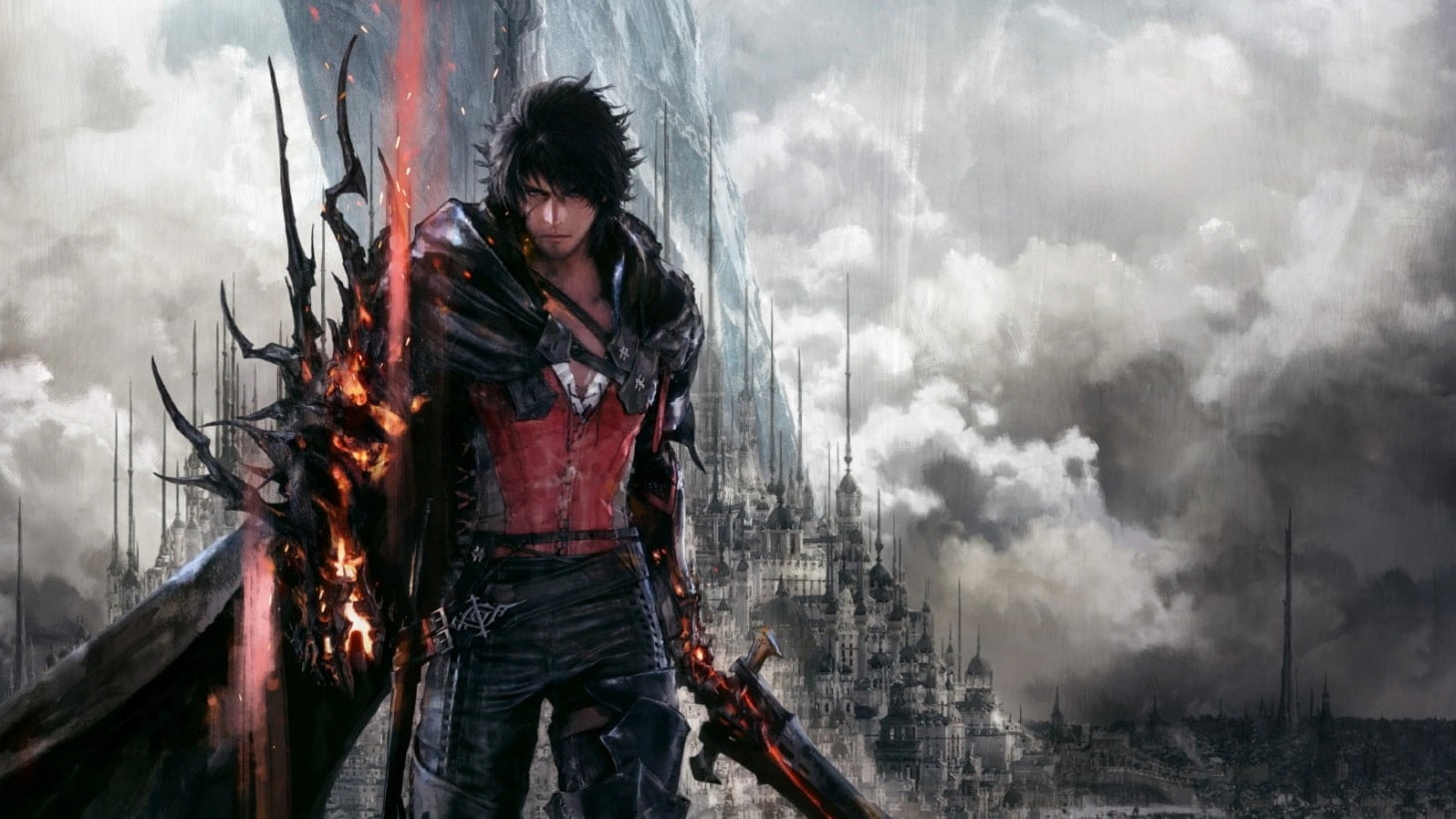
All of this is supplemented by Vivian, a character whose sole purpose appears to be educating Clive about the broader political implications of his fight to deconstruct the political structure based on huge magical crystals (by destroying them), dominants (usually by besting them), and indentured magic-wielding slaves. All while wanting retribution for his brother.
When you speak with her at your base of operations, a helpful personnel chart of all the principal characters, their associates, and the rest will appear. It also includes a chronological slider, so you can predict who will betray whom next. If you came undone during a Game of Thrones season, you might understand why this is necessary.
Final Fantasy XVI is unique, possibly due to the producer, Naoki Yoshida, who worked as both producer and director for the online MMORPG Final Fantasy XIV. But, with Final Fantasy VII Remake (including the next chapter) providing the party battles I desire, I don’t see why Square Enix shouldn’t take the series in this route. I miss the party battle dynamics, but I wasn’t stymied by my own lousy action game reflexes or talents. If you’re looking for difficult combat, the game includes post-game DLC geared towards completionists and the muscular of thumb. However, for those wanting for a fantasy adventure with a plot that has so far kept me engaged, the sixteenth Final Fantasy delivers.

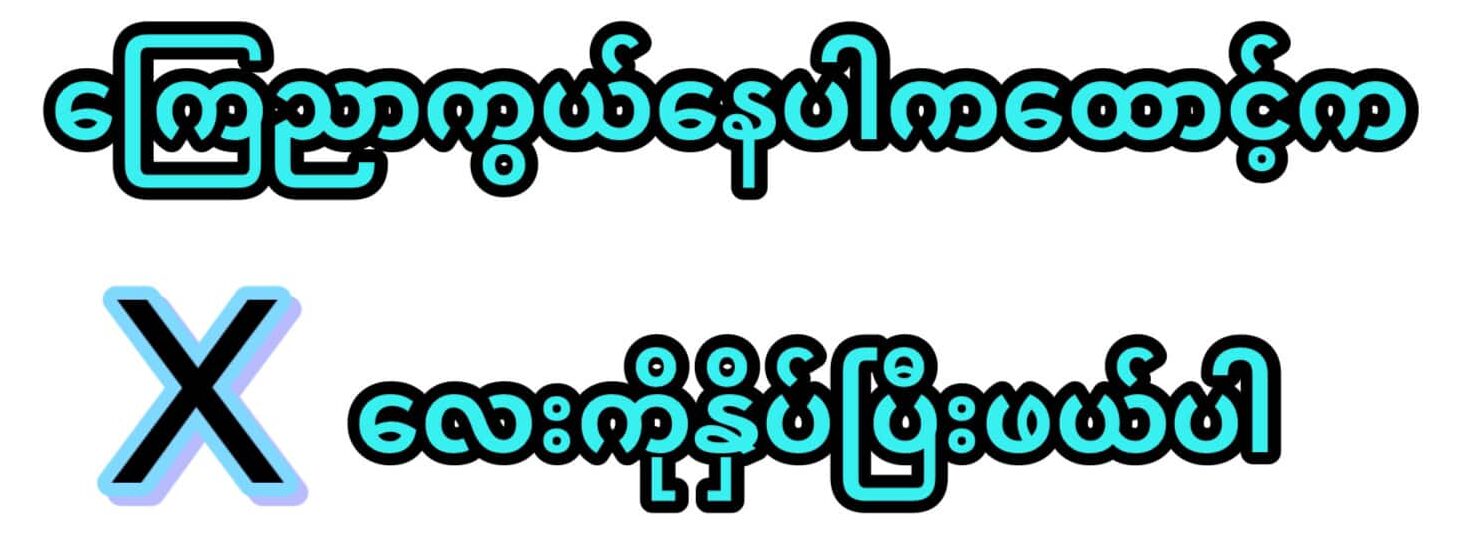





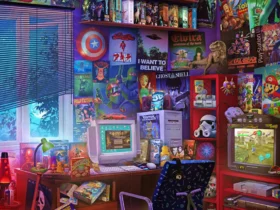

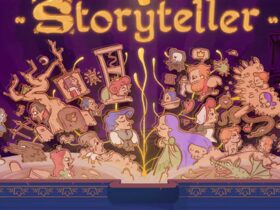
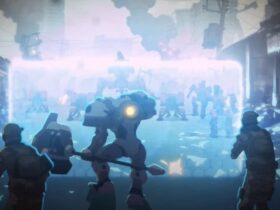

Leave a Reply